Vegetables play a vital role in our healthy diet, providing us with essential nutrients, vitamins, and minerals. They come in various shapes, sizes, and colours, making them nutritious and fun to learn about. In this article, we will explore a comprehensive list of vegetable names that kids should know, along with some interesting facts and fun information to make learning enjoyable.
Introduction to Vegetables
Vegetables are plant-based foods commonly consumed for their nutritional benefits. They can be eaten raw, cooked, or blended into delicious smoothies. Vegetables are packed with vitamins, minerals, fibre, and antioxidants that help keep our bodies healthy and strong. Let us explore the world of vegetables and discover some popular and lesser-known varieties.
Leafy Greens
Leafy greens are vegetables that have edible leaves. They are rich in vitamins A, C, and K, as well as minerals like iron and calcium. Here are some common leafy greens:
- Spinach: Spinach is a nutrient-dense leafy green that is often used in salads, soups, and smoothies. It is known for its high iron content.
- Lettuce: Lettuce is a popular leafy green used in salads and sandwiches. It comes in various types, including romaine, iceberg, and butterhead.
- Kale: Kale is a superfood packed with vitamins and antioxidants. It can be eaten raw, sautéed, or added to smoothies.
- Swiss Chard: Swiss chard has colourful stems and dark green leaves. It is rich in vitamins A, C, and K.
Root Vegetables
Root vegetables grow underground and store nutrients in their roots. They are a great source of carbohydrates, fibre, and vitamins. Here are some common root vegetables:
- Carrot: Carrots are bright orange root vegetables high in beta-carotene, which the body converts into vitamin A. They are great for vision and skin health.
- Potato: Potatoes are versatile root vegetables used in a variety of dishes, from mashed potatoes to fries. They are rich in potassium and vitamin C.
- Radish: Radishes are crunchy root vegetables with a peppery flavour. They can be eaten raw in salads or pickled.
- Beetroot: Beetroots are found in a deep red colour and they are rich in folate and antioxidants. They can be roasted, boiled, or added to salads.
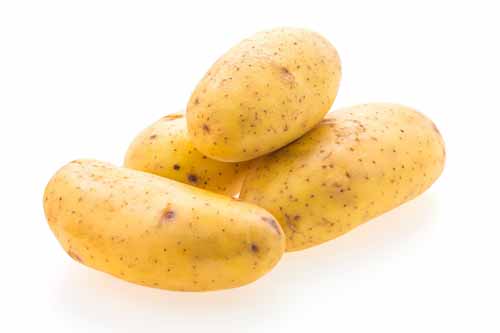
Cruciferous Vegetables
Cruciferous vegetables belong to the Brassica family and are known for their health benefits. They are high in fibre, vitamins, and antioxidants. Here are some common cruciferous vegetables:
- Broccoli: Broccoli is a green vegetable rich in vitamins C and K. It can be steamed, roasted, or added to stir-fries.
- Cauliflower: Cauliflower is a white vegetable that can be used as a low-carb substitute for rice or mashed potatoes. It is high in fibre and vitamin C.
- Cabbage: Cabbage comes in green and purple varieties and is used in salads, coleslaw, and soups. It is rich in vitamin K and antioxidants.
- Brussels Sprouts: Brussels sprouts are small, leafy green vegetables that look like mini cabbages. They are high in fibre and vitamin C.
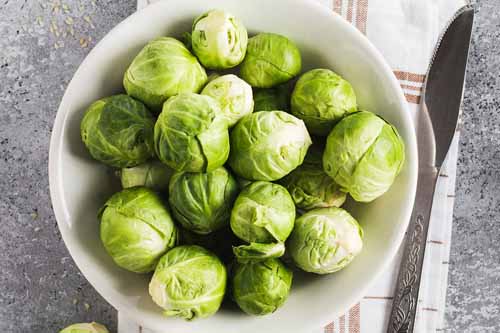
Fruit-Vegetables
Some vegetables are botanically fruits but are commonly used as vegetables in cooking. They are packed with vitamins and antioxidants. Here are some common fruit-vegetables —
- Tomato: Tomatoes are juicy, red vegetables rich in vitamin C and antioxidants like lycopene. They are used in salads, sauces, and soups.
- Cucumber: Cucumbers are refreshing vegetables with high water content. They are often used in salads and sandwiches.
- Bell Pepper: Bell peppers come in various colours, including red, yellow, and green. They are high in vitamin C and can be eaten raw or cooked.
- Eggplant: Eggplants have a deep-purple colour and are used in various dishes like ratatouille and baba ganoush. They are rich in fibre and antioxidants.
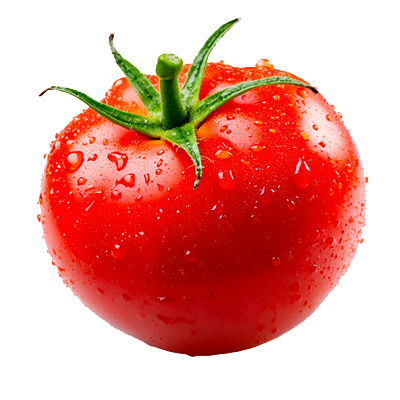
Legumes
Legumes are vegetables that grow in pods. They are an excellent source of protein, fibre, and essential nutrients. Here are some common legumes:
- Green Beans: Green beans are long, slender vegetables that can be steamed, sautéed, or added to casseroles. They are rich in vitamins A and C.
- Peas: Peas are small, round vegetables that are often used in soups, stews, and salads. They are high in protein and fibre.
- Lentils: Lentils are small, lens-shaped legumes that are found in various colours, including green, red, and brown. They are high in protein and iron.
- Chickpeas: Chickpeas, also known as garbanzo beans, are used in dishes like hummus and falafel. They are rich in protein and fibre.
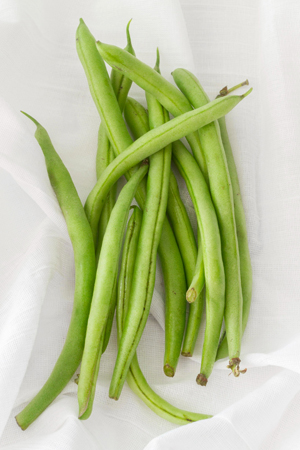
Fun Facts about Vegetables
- Did you know? The largest pumpkin ever grown weighed over 2,600 pounds!
- Fun Fact: Carrots were originally purple, not orange. The orange variety was developed in the Netherlands in the 17th century.
- Interesting Fact: Broccoli contains more vitamin C than an orange!
- Tomatoes are technically fruits, but they are legally classified as vegetables in the United States due to a Supreme Court ruling in 1893.
Table of Vegetable Categories
Category | Examples |
Leafy Greens | Spinach, Lettuce, Kale, Swiss Chard |
Root Vegetables | Carrot, Potato, Radish, Beetroot |
Cruciferous | Broccoli, Cauliflower, Cabbage, Brussels Sprouts |
Fruit Vegetables | Tomato, Cucumber, Bell Pepper, Eggplant |
Legumes | Green Beans, Peas, Lentils, Chickpeas |
Conclusion
Vegetables are a vital part of a healthy diet, offering various nutrients and flavours. From leafy greens to root vegetables, each type brings its unique benefits to the table. By learning about different vegetables, kids can appreciate the diversity and importance of these nutritious foods. So, next time you enjoy a meal, take a moment to recognise and celebrate the vegetables on your plate!
For more such informative/interesting blogs, visit Mother’s Pet Kindergarten.

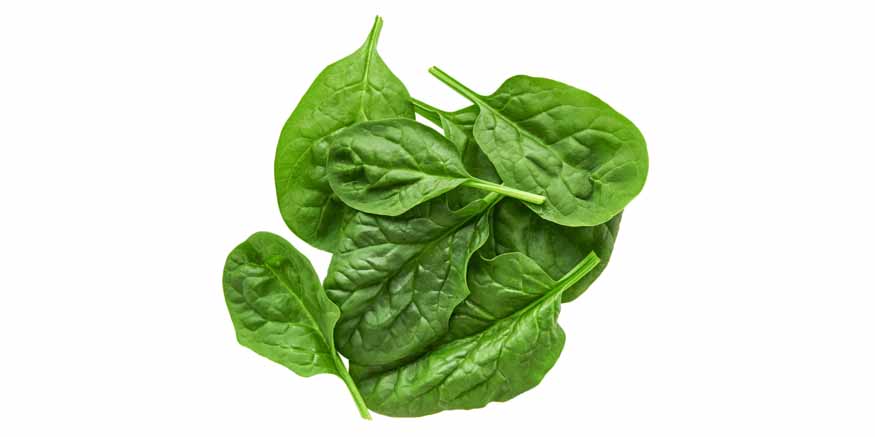











Recent Comments